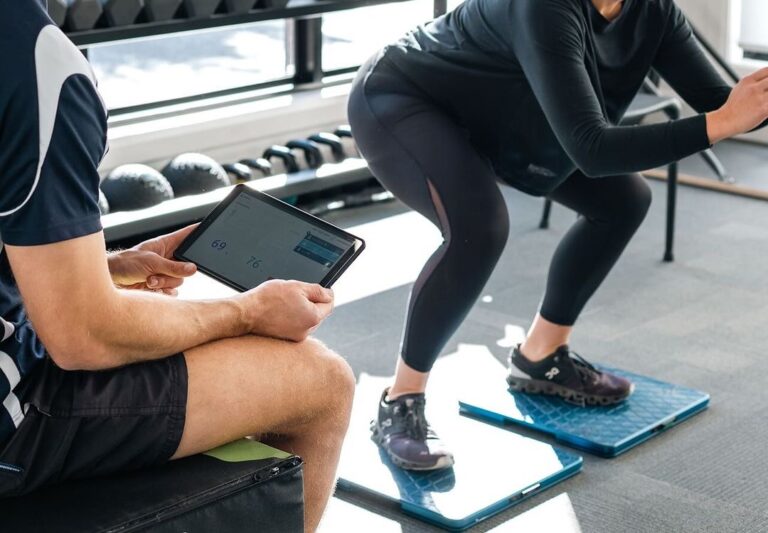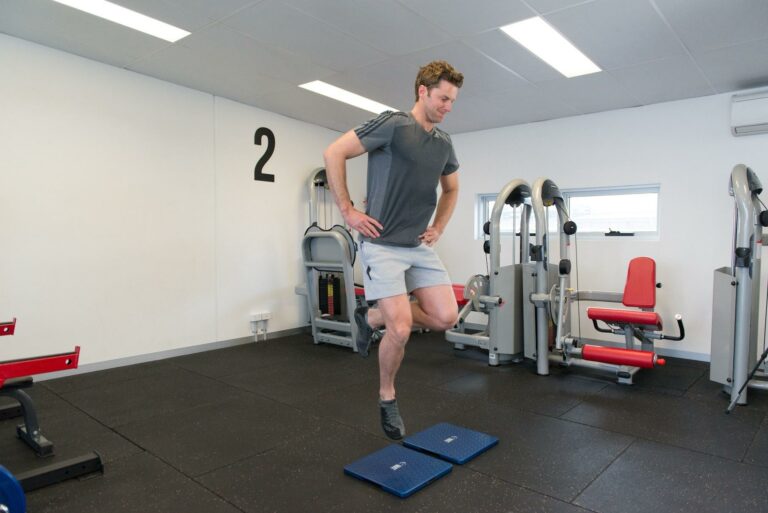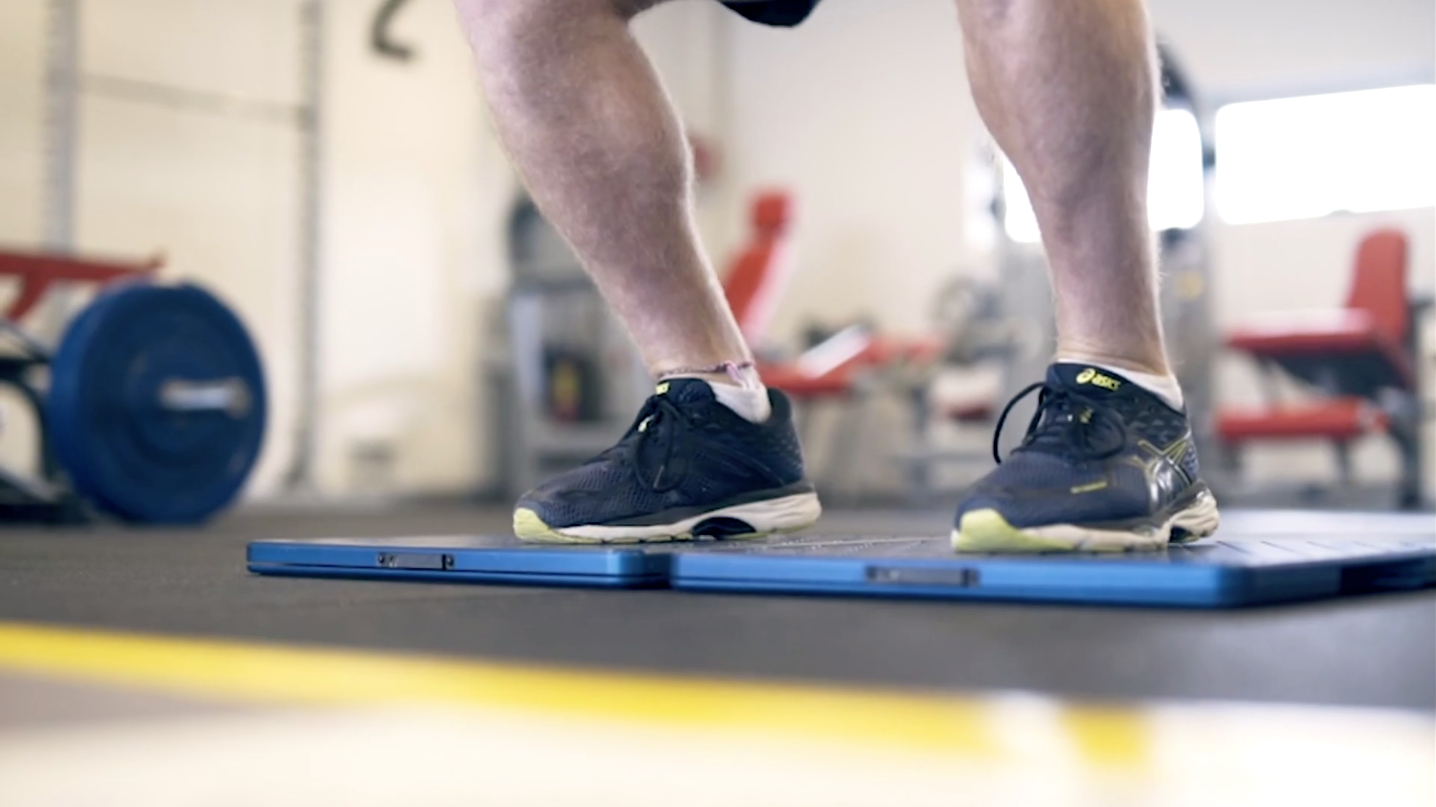When active clients face ongoing movement limitations or frustratingly familiar setbacks, it’s tempting to default to common explanations: insufficient strength, limited flexibility, or lack of effort. But often, the root cause lies deeper in how the body handles dynamic movement. Two lesser-known but highly telling metrics, Ground Contact Time (GCT) and Reactive Strength Index (RSI), can reveal crucial insights into performance capacity and recovery readiness.
With advanced assessment tools like the AxIT system portable force plates and dynamometers, health and fitness professionals can measure these variables with precision, turning data into actionable programming decisions. This approach shifts the conversation from subjective readiness to measurable performance markers.

Understanding Ground Contact Time
GCT refers to the amount of time a client spends in contact with the ground during explosive tasks like jumping, hopping, or bounding. It’s a deceptively simple measure with powerful implications. When ground contact time is prolonged, it may indicate hesitation, reduced limb stiffness, or impaired neuromuscular responsiveness. On the other hand, shorter GCTs typically suggest efficient, well-coordinated movement patterns, which are traits associated with better athletic performance and readiness for high-impact loading.
What RSI Tells Us About Reactivity
Reactive Strength Index takes the assessment a step further by evaluating how effectively a client can absorb and reapply force. It’s calculated by dividing jump height by ground contact time. A higher RSI reflects a robust stretch-shortening cycle and dynamic reactivity. These are essential qualities for sports-specific tasks like sprinting, cutting, and jumping. Conversely, a low RSI may highlight deficits in explosive strength or neuromuscular timing, even in clients who demonstrate solid baseline strength.

Why These Metrics Matter for Injury Prevention and Performance Longevity
Traditional assessments often capture static qualities like maximal strength or joint range. But real-world movement places the body under rapid, repeated loads. GCT and RSI provide a window into how well the body copes with these demands, which can be especially important for clients returning from injury or struggling with reoccurring issues.
For example, a runner returning from calf or Achilles problems may show extended ground contact times, revealing instability or cautious loading patterns. In another case, an athlete post-ACL rehab might demonstrate a low RSI despite regaining strength, indicating a lag in reactive readiness. Uneven values between limbs can expose subtle compensations, offloading strategies, or confidence gaps that escape the eye during manual assessments.
Integrating GCT and RSI Testing with AxIT
Using AxIT’s force plates, clinicians can conduct targeted tests (like single-leg hops or repeated pogo jumps) to evaluate GCT and RSI under realistic loading conditions. Tracking these metrics across both limbs and over time allows for precise monitoring of progress and response to interventions. Comparing pre- and post-program data helps clarify whether changes in training are truly improving performance capacity, or simply masking symptoms.

Turning Data into Smarter Programming
The real power of GCT and RSI lies in how they inform decision-making. Improvements in these metrics can signal readiness for increased plyometric volume or more complex agility drills. Significant side-to-side differences (significant typically meaning greater than 10%) may warrant targeted interventions to restore symmetry. Patterns between prolonged GCT and declining force output can point toward underlying coordination or control issues that require neuromuscular re-education.
Perhaps most importantly, these metrics offer a shared language for communicating progress with clients. Objective data builds confidence, sets measurable milestones, and helps explain why certain exercises are being prescribed at specific stages.
Final Thoughts
When a client’s progress plateaus or their movement breaks down under pressure, GCT and RSI can provide clarity where traditional assessments fall short. They offer a real-time, objective lens into how well the body tolerates and responds to dynamic loads, which is a critical factor in both injury prevention and high-performance outcomes.
With AxIT, integrating these insights into daily practice becomes seamless, helping clinicians deliver more tailored, evidence-based care. Curious how GCT and RSI testing can shape your approach to client programming? Book a demo with Strength By Numbers and experience the data-driven difference.

